Redmi Note 9T review: A flawed, affordable 5G smartphone
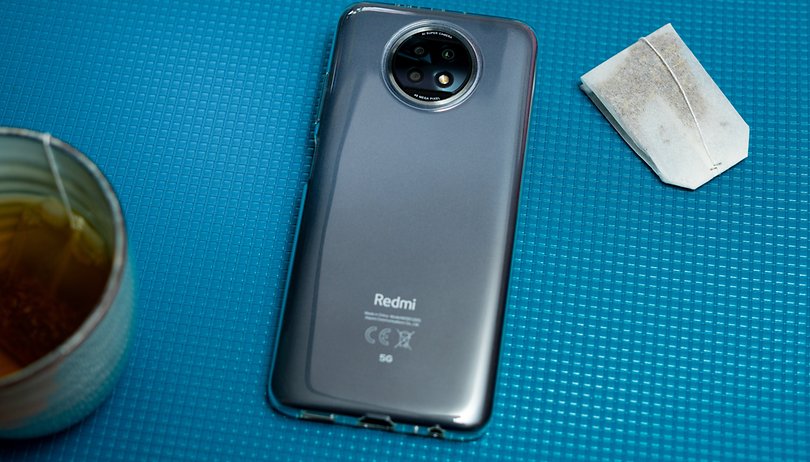

The Redmi Note 9T is the cheapest 5G smartphone on the market with an asking price of €249.90. However, is having 5G support enough to set it apart from the Redmi Note 9s, also from Xiaomi, as well as other affordable 5G handsets from Realme, OnePlus, or even Motorola?
Good
- Solid MediaTek Dimensity 800U performance
- Excellent battery life
- Main camera works great
- MIUI 12
Bad
- Weird design
- Average performing display
- Inflexible camera module
- No IP certification
- Ads in the user interface
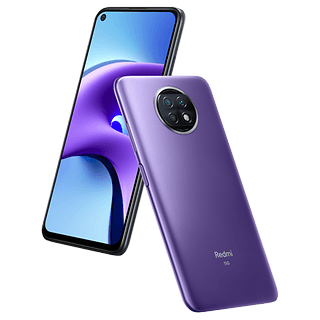
Redmi Note 9T: My opinion in brief
Announced in January 2021, the Xiaomi Redmi Note 9T is a mid-range model from the Redmi Note 9 series that comes equipped with a Mediatek Dimensity 800U SoC mated to 4GB of RAM and 128GB of storage.
The Xiaomi Redmi Note 9T was launched in Europe at the recommended retail price of €249.90 for the 64 GB model, while those who want double the storage at 128 GB will have to fork out €269.90.
The triple camera module sports a 48 MP main lens and another two lenses that are practically useless - a macro lens and a depth sensor of 2 MP each. The smartphone is also equipped with a 5,000mAh battery that supports fast charging up to 18 W.
Shall we begin with the hardware specifications that have proven itself time and again to offer you plenty of bang for your hard-earned buck? The Redmi Note 9T certainly lives up to its reputation as an affordable handset from the Redmi range. Unfortunately, it isn't too complete this time around as it feels as though something is missing from the formula.
Just because a particular model is affordable does not mean that it is forced into a generic form factor every single year, doomed to a never-ending cycle. Remember the Poco F1 (that debuted with a €329 price tag) that drove the market nuts as a flagship killer? I know that the upcoming reveal of the Redmi Note 10 on March 4th might make me think otherwise, a stance with which I am willing to make a compromise.
But a Redmi Note 9T that is closer to the €300 mark as opposed to the usual €200? I find that Xiaomi could have offered a bit more at that price point. Positioned lower in the hierarchy as compared to the Redmi Note 9 Pro (in my opinion), the Redmi Note 9T's main selling point would be 5G support. Even so, 5G connectivity is not widespread at all, hence you will be unable to take advantage of that feature right from the get-go, although the smartphone's durability will hopefully see its 5G support come to use down the road.
Uninspired and bulky design
The Redmi Note 9T is very similar to the other variations of the Redmi Note 9, except for the design.
What I liked:
- The matte coating on the back
What I didn't like:
- It is a near-exact replica of the Poco X3
- Heavy to carry around
- No IP certification
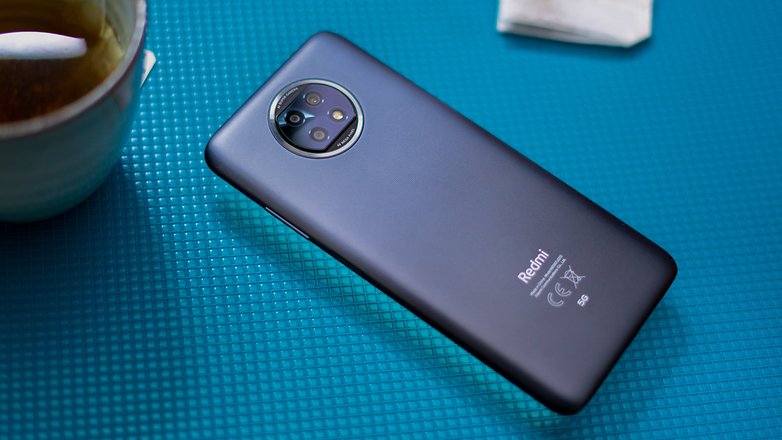
From a distance, it looks like the Poco X3 NFC with its camera module that does protrude in an obvious manner, with the lenses arranged in a circular island that is surrounded by a metallic ring.
The plastic coating does boast of a classic look, with the matte effect looking more elegant as opposed to the fingerprint magnets of glass-tic backs found in the rest of the Redmi Note 9 range. I also like the way the Redmi Note 9T allows me to grip it in an ergonomic manner, but the grooves that help me do so will most probably accumulate dust in the long run.
Unfortunately, the visual appeal stops when my eyes greet the CE logo as well as the white silkscreen-printed crossed-out trash can pictogram that are way too obvious, spoiling an otherwise decent appearance while holding the Redmi Note 9T in my hand.
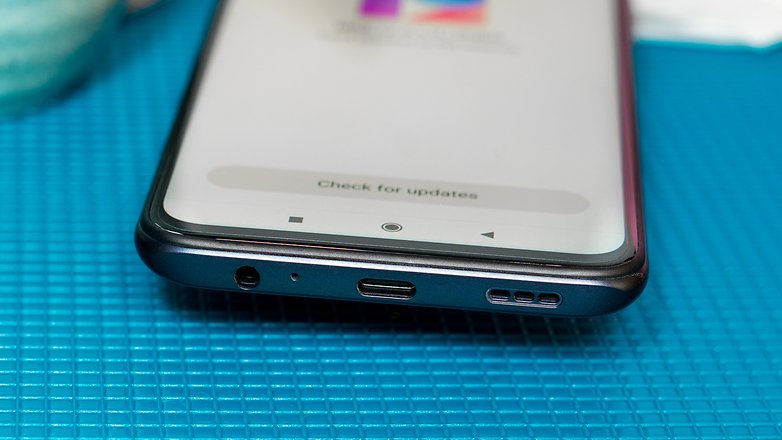
From the front, the screen sports a fairly wide display that is not uncommon for a device in this price range. The bezels are relatively thin with a size-to-screen ratio of 84%, but it is still far away from a bezel-less form factor. There is a punch-hole selfie camera in the upper left corner.
Tipping the scales at close to 200 grams, this 6.5-inch display smartphone is definitely unsuitable for one-handed use. I cannot wait for Android 12 to come along fast enough so that devices at this size can still be used comfortably with one hand. It also lacks IP certification although it does compensate for that shortcoming with a dual SIM and a separate microSD memory card slot.
Overall, I found the design of the Redmi Note 9T very unattractive. Aesthetics is not part of my purchase criteria in any case, and it is difficult to make a mid-range smartphone look like a flagship anyway. At least none of the visual flaws detracts from the user experience.
An average IPS LCD screen
The Redmi Note 9T features a flat 6.53-inch IPS LCD display at 2340 x 1080 resolution, offering a Full HD+ screen and 19.5:20 aspect ratio .
What I liked:
- The maximum brightness of 450 nits
- The right size/screen ratio
What I didn't like:
- The poorly calibrated colorimetry by default
- Slow response rate
- The 60 Hz refresh rate
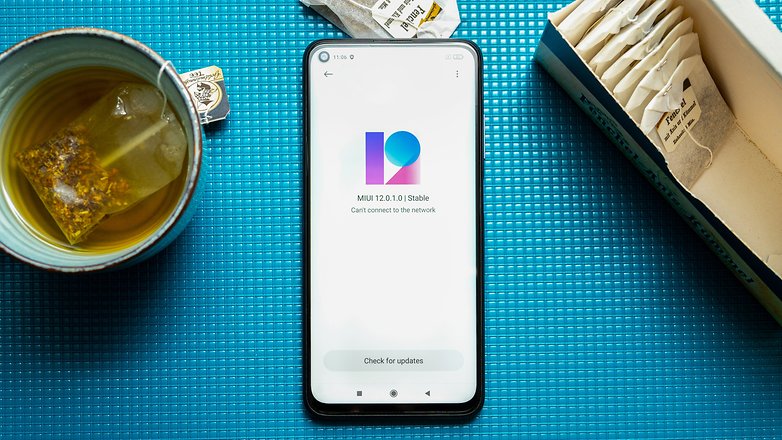
I have read in other reviews that the display of the Redmi Note 9T was poorly calibrated by default. I don't have the means to confirm this observation with precise figures in order to agree with those reviews. However, when using it, I did notice that the Redmi Note 9T's display did have a noticeable colorimetry problem.
The tones are far too pastel-like for my liking, with being either too dull when it comes to dark colors or too bright for lighter ones. When I did my photo tests, I was surprised at the very clear difference in rendering between the photos I observed from the Redmi Note 9T screen and from my PC screen after exporting them.
The screen also suffers from a slight afterglow that is especially visible when viewing animation or when scrolling through pages. We have this visual impression of "ghosting" with residuals from the previous image that do not disappear instantly, which is quite common on an LCD panel.
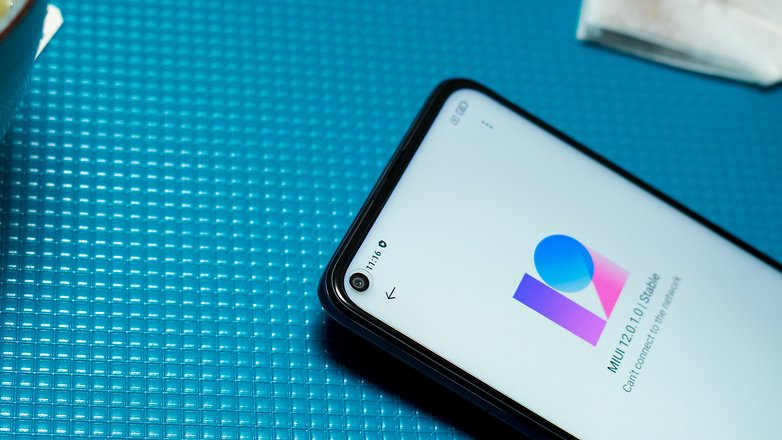
Last week, my colleagues Rahul and Ben discussed the merits of a 60 Hz AMOLED display compared to a 120 Hz LCD display. The Redmi Note 9T, unfortunately, does not fall into either category. Instead, it is the old-school 60Hz LCD display. Regardless, I'm biased towards a higher refresh rate due to my penchant for gaming.
So the screen doesn't perform miracles, but this is not a flaw that is exclusive to the Redmi Note 9T. Personally, I would have liked to see at least an AMOLED display that chugs along at 60 Hz, especially since this smartphone is closer to the €300 mark as opposed to the budget-oriented €200 segment when compared to its predecessors.
But as for the rest of the device, the Redmi Note 9T's display is perfectly usable in everyday life with an average brightness of 450 nits that has proved to be sufficient, even under direct sunlight. However, it is a missed opportunity to limit it to a 60 Hz refresh rate with a slower response rate.
Solid performance
Xiaomi alternates between MediaTek and Qualcomm chipsets for its Redmi smartphone processors. The Redmi Note 9T features the MediaTek Dimensity 800U SoC with 5G capability. A 7nm octa-core processor with 4 high-performance Cortex A76 at 2.4 GHz and 4 low-power Cortex A55 at 2 GHz keeps it chugging underneath the hood.
As for the GPU, there is an ARM Mali G57 MC3 that powers it. The entire silicone is mated to 4 GB of LPDDR4X RAM and a 64 GB UFS 2.1 or 128 GB UFS 2.2 storage. On paper, the SoC Dimensity 800U is comparable to a Qualcomm Snapdragon 750G (8nm, octa-core 2 Cortex A77 + 6 Cortex A55) chipset.
In short, I liked it because of its:
- Consistent performance for this price range
- Performance for moderate gaming sessions
In short, I didn't like it because:
- The limited graphics performance
But that doesn't help me, since we haven't yet been able to review any smartphone that is equipped with the Snapdragon 750G chipset to serve as a comparison. In Europe, we should see it arrive on the Samsung Galaxy A52 5G that is due for a debut soon. We've already seen it on the Xiaomi Mi 10i that is available in Asia.
What was even less pleasing to me was the fact that the most interesting graphics benchmark - 3DMark- suffered a MIUI software crash during my review. This is an increasingly common problem that I also experienced with the Huawei Mate 40 Pro or the Xiaomi Mi 10T Pro, which is understandable if tested on a prototype or pre-launch models, but definitely not when it happens to review units.
The Dimensity 800U chipset of the Redmi Note 9T is in any case more powerful than the Snapdragon 720G chipset found in the Redmi Note 9 Pro. Through my user experience and benchmark figures, the Mediatek Dimensity 800U does seem to offer consistent performance that even comes close to some of the scores I have obtained in the past with a Snapdragon 765G-powered device.
Call of Duty Mobile ran very well with the graphics settings at "medium" and all the other graphics options turned off. Genshin Impact stuttered a lot unless the graphics were set to "low quality". You really need to lower your expectations in terms of graphical performance to avoid slowdowns and dropped framerate.
Basically, we are looking at a very respectable price/performance ratio for a mid-range smartphone that retails for less than €300. Forget about ultra-high graphics settings and 60 FPS for mobile gaming, but for the average person, the Redmi Note 9T has a pretty solid engine underneath the hood that should meet most of your everyday smartphone needs.
A boring 48 MP triple camera module
The Redmi Note 9T has a triple 48 MP camera module that comprises of:
- a 48 MP wide-angle main lens with 1/2 inch, 0.8 µm and f/1.79 aperture
- a 2 MP, 1.75 µm macro lens with f/2.4 aperture
- a depth sensor of 2 MP 1.75 µm and aperture f/2.4
In short, I liked:
- The 48 MP main sensor is a good performer
- The level of detail captured during day time
In short, I didn't like:
- Limited camera module performance (no telescopic or ultra-wide angle)
- Tendency to overexpose shots
- Night shots drowned out by digital noise and smoothing
- Practically useless macro lens and depth sensor
Pictures captured by the Xiaomi Redmi Note 9T during the day
By day, the main camera sensor of the Redmi Note 9T did considerably well. It is based on a Samsung S5KGM1 ISOCELL sensor that has proven itself time and again.
Xiaomi forces contrasts to get in more details with HDR and have AI mode enabled by default. But the shots are on the whole, natural-looking. On the other hand, I noticed that there is too much digital noise for my taste, even in photos captured in broad daylight. It was as if Xiaomi didn't want to force too much smoothing (and thus noise reduction) just to preserve the sharpness and detail level.
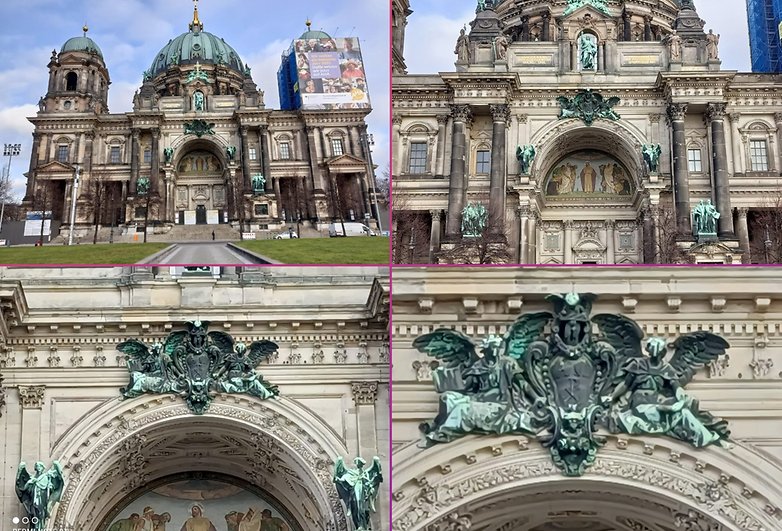
The colorimetry proved to be satisfactory with a good white balance but not enough dynamic range. I noticed that there was a tendency to overexpose the shots, but maybe it was due to the lighting conditions of my photo test simply because I didn't find this to occur in any other test.

How about the Xiaomi Redmi Note 9T's night performance?
When dusk falls or when you are in low light conditions, the photos rarely turn out to be decent without turning on night mode. The dedicated night mode does a pretty good job though. In fact, in night mode, the photos do look pretty. Having said that, you ought to put this camera's performance into context considering the amount of money you forked out for this handset.
There will be digital noise that spoils the photos, but I found the Redmi Note 9T to handle strong light sources well. Be it moon or street lights that normally burns an image without night mode turned on, these were well attenuated with night mode activated. On the other hand, you can forget about zooming or having high detailed shots at night as the smoothing algorithm works feverishly to reduce noise and hence, blurring the image in the process.
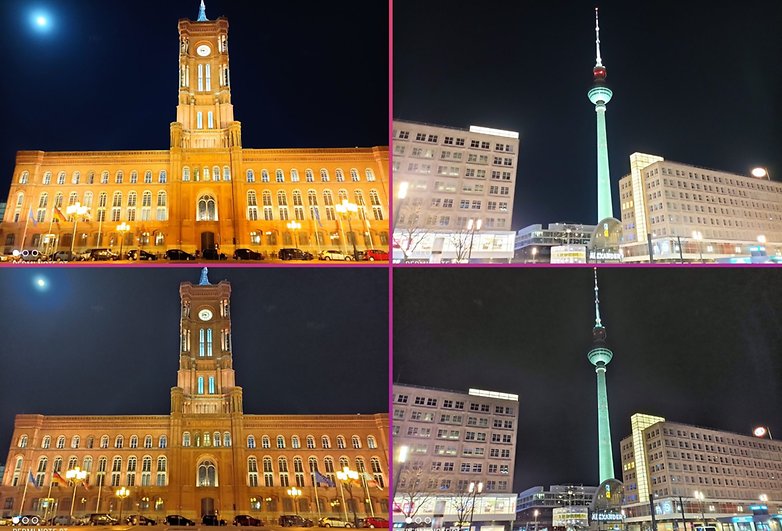
Overall, even the macro lens and depth sensor proved to be useless but yet did not irritate me as I am probably numb to such a configuration by now. So we have yet another triple sensor setup that performs well during the day, fails at night, an image processing algorithm that probably tries too hard, and missing telephoto or ultra-wide-angle lenses. Somehow I am not surprised at all!
We should all be familiar with such a recipe by now. It works very well for a budget or mid-range smartphone, but it is beginning to get repetitive. I would have liked to see more evolution happen, or at the very least, a change from Xiaomi in the camera department.
Excellent autonomy
It is normal for such a smartphone, and Xiaomi handsets in general, to sport a large battery - as the Redmi Note 9T obviously showcases with its generous 5,000 mAh battery. The smartphone offers fast charging support of up to 18 Watts and Xiaomi includes a 22.5-watt charger with your purchase.
The PCMark benchmark that I used simulates a rather unrealistic and intense usage pattern, with the smartphone lasting nearly 15 hours before dipping the 20% battery life mark.
For usage context, my experience with the Redmi Note 9T was limited to calls, browsing through social networks, and moderate gaming/SVOD use, I could easily make the Redmi Note 9T last for almost two days full of use without having to plug the smartphone into a nearby power outlet. On the other hand, charging time is rather long - too long for me, as I have been spoiled by my Warp Charge 65T.
It took me an average of slightly more than 30 minutes to charge it up by 30%, and more than an hour and a half to fully charge the Redmi Note 9T. With 33% of the battery charged after 30 minutes, it ought to be enough to last you for the rest of the day if you are thrifty in your usage.
I would have liked to see just how far I can push my like by using the "ultra battery saver mode". Doing so limits the smartphone's functions and transforms it into a simple handset - like a dumbphone, so that the battery life is pushed to its limits. But that would have taken me far too long and my colleague Ben has been clamoring to use this handset.
We tend to take this for granted, but the battery life of the Redmi Note 9T is, as so often with Xiaomi's devices, excellent.
Further details on the Xiaomi Redmi Note 9T
I am going to mention a few points here in passing that do not warrant a comprehensive explanation earlier, although these are worth taking note of.
- The Redmi Note 9T does not offer any IP certification
- It does not support wireless charging
- It runs on MIUI 12 but is on Android 10 and not Android 11
- The fingerprint reader on the right edge is fast and reliable
- I could not test out its 5G connectivity since I do not have a proper subscription. But that's the main selling point of this smartphone! The Redmi Note 9T is compatible with sub-6 GHz networks and not the famous millimeter waves that will become widespread in the coming years
- Supported frequency bands include 4G LTE: n1 2100 MHz, n3 1800 MHz, n7 2600 MHz, n20 800 MHz and n28 700 MHz, but also the n78 3.5 GHz band (specific to 5G in France). The use of MediaTek's Dimensity 800U allows aggregation over two 5G bands to increase throughput with Dual 5G technology.
Redmi Note 9T
| Specs | |
|---|---|
| Display |
|
| CPU/GPU |
|
| RAM and storage |
|
| Battery |
|
| OS | MIUI 12 based on Android 10 |
| Rear camera module |
|
| Selfie camera | 13 MP, aperture f/2.3, 1/3.1", 1.12µm |
| Connectivity |
|
| Dimensions & Weight |
|
| Recommended price | €239 |
Conclusion
The Xiaomi Redmi Note 9T is the umpteenth version of a range of hugely affordable smartphones, sporting incremental updates each time. It has proven itself worthy with each new release, continues to sell well, and comes highly recommended by tech reviewers where affordable mid-range smartphones are concerned.
With these in mind, the Redmi Note 9T lives up to its reputation as a sub-€300 smartphone. That does not mean it is perfect, as it also carries a fair number of flaws and has a limited camera performance, a heavy form factor, and an unattractive design, while the 5G support remains virtually useless with limited worldwide coverage at the moment. But none of these flaws have proved to be a barrier against purchase by interested parties.
It also offers fairly solid performance at this price range, a quality LCD screen (albeit poorly calibrated by default), and an excellent battery life. How many other smartphones can say the same?
A Moto G 5G Plus that is 5G compatible and powered by a 765G Snapdragon SoC with a 90 Hz LCD screen retails for €230 for the 64 GB model, while Redmi is gradually edging away from the €200 price point and moving up the food chain by dipping its toes into the €300 mid-range market. In this segment, the competition is even fiercer, even within the Xiaomi catalogue with the Mi 10 Lite, that is also available for less than €300.
I hope that the upcoming Redmi Note 10 unveiling will change my mind, but I find that what served Xiaomi so well all this while is starting to grow old. Repeating this formula each year is starting to become boring, and I look forward to reviewing a Redmi handset that excites me without making me feel as though I'm rehashing old reviews.














